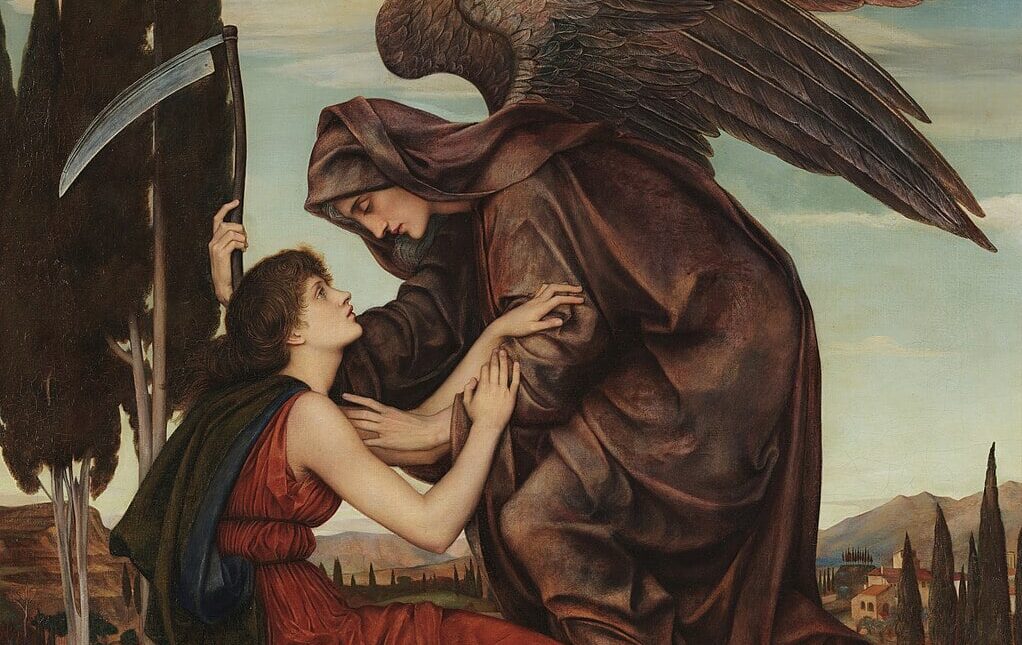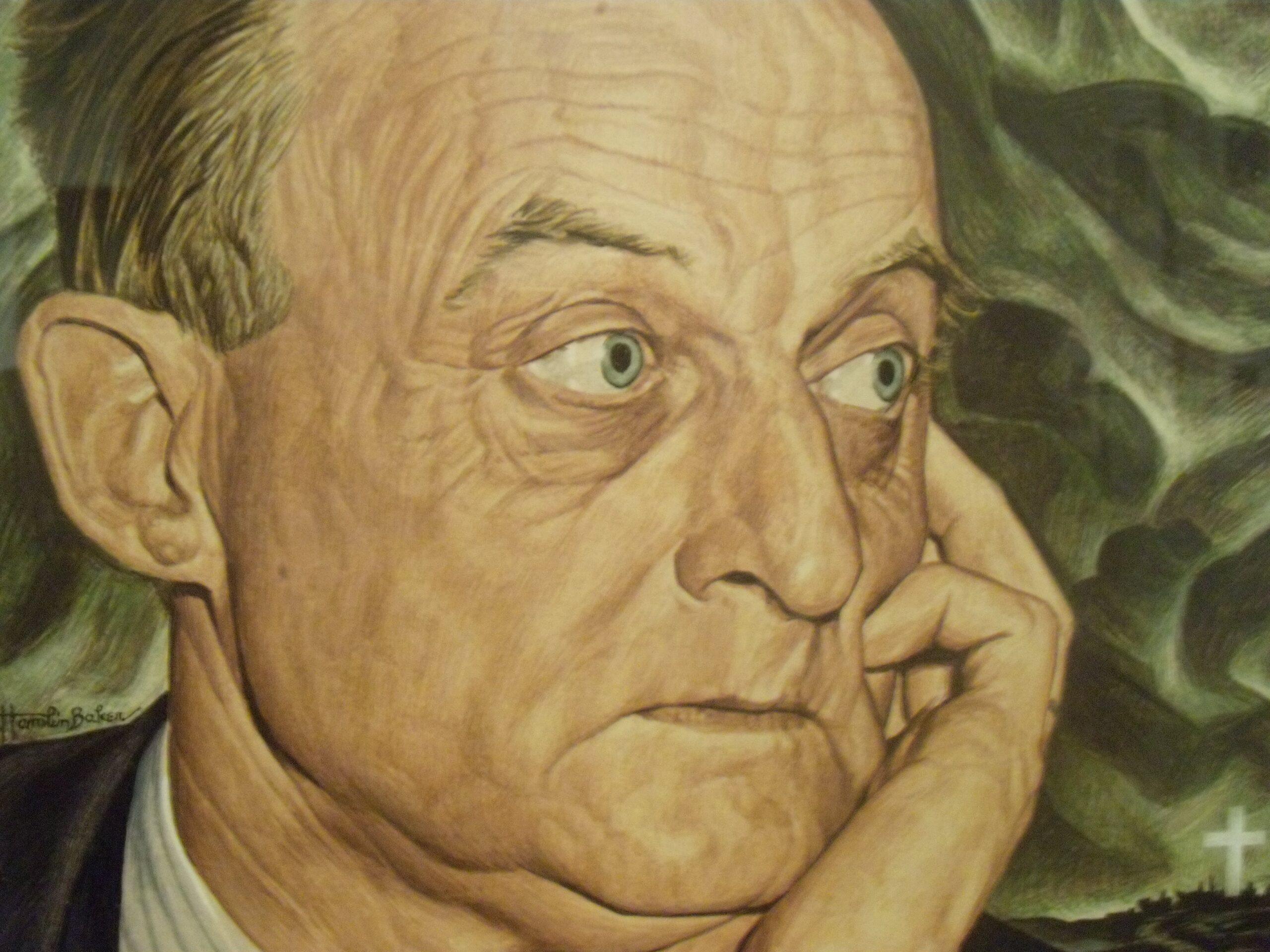El Cid had served king Sancho of Castile
till Sancho was assassinated. When
Alfonso—Sancho’s brother, heir, and foe—
received perforce the crown, El Cid stayed on,
an honored member of his entourage.
Each was suspicious, though, and rightly so.
The monarch, trying to acquire new lands
among the Taifa city-states and take
Toledo back from Muslim heathen, found
he had been undermined; El Cid had dared
to raid dependencies of his. The king
irate, prevailed; the great campeador
was banished. He was free, at least; he bode
his time as fortune’s soldier, serving lords
in Zaragosa—not forgetting, though,
the city on the Tagus and the king,
who bargained craftily with al-Qadir,
its ruler (pressed, besieged by Islamists
from Africa) for safety; in exchange,
Toledo. Legend says that when the king
drew near the city gate, El Cid, behind
him on his steed, named Babieca, passed
a small, unprepossessing mosque. The horse
stopped suddenly and knelt, in awe and prayer;
a holy light, miraculous, appeared.
For underneath the mosque lay vestiges
of what had been a Visigothic church
the Muslims had destroyed. Proof of the grace
of God, perhaps—the Christian warhorse touched,
illuminated, and his rider sure
of his salvation. When Toledo fell
again to Moorish bands, El Cid fought well,
his reputation bright; no help could be refused.
He won Valencia, ruled five years, and died.
His widow took the body, with his horse,
sword, armor, to an abbey in the north,
San Pedro de Cardeña, where the monks
prepared his winding cloth and wove his myth.
For Babieca, on his death, a tomb,
a stele, as for an instrument of faith.
This poem traces briefly important episodes in the career of El Cid (Rodrigo Díaz de Vivar), including transfer of his body by his widow from Valencia, which took place three years after his death. The historic fact is that when Alfonso VI of Castile entered Toledo, whose acquisition he had carefully planned and carried out, in 1085, El Cid was not with him; he remained in exile until late 1086. But legends, multiplying around him, placed him with the king. The present one, involving Babieca, is based on a version told by Gustavo Adolfo Bécquer, a nineteenth-century Spanish author.













